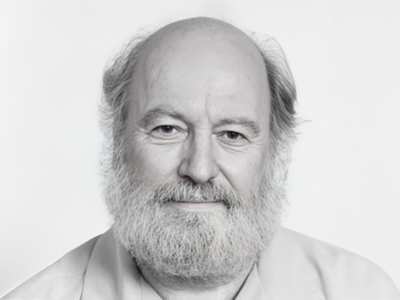Research at the Jo Yung Wong Laboratory for Terrestrial and Extraterrestrial Mobility, Guidance and Control will make Carleton a leader in mobility, guidance and control of Earth-bound off-road vehicles and extraterrestrial rovers.
“The goal is to remove human input from small decisions. An autonomous navigation algorithm makes the robot aware of its position in the environment so that it may determine the best route to a destination,” says Jesse Hiemstra, an undergraduate student working with Carleton researchers on the mobility system for the Kapvik microrover prototype for the Canadian Space Agency. A student in the space systems design stream of the aerospace engineering program, he now has access to a state-of-the-art lab dedicated to projects like the rover that enable the exploration of space.
The Jo Yung Wong Laboratory for Terrestrial and Extraterrestrial Mobility, Guidance and Control, opened in 2011, is the result of a generous $100,000-gift from Jo Yung Wong. He retired from the Department of Mechanical and Aerospace Engineering in 1999 after three decades at Carleton. Wong has dedicated his career to research and teaching in terrestrial vehicle mobility and is a former president of the International Society for Terrain-Vehicle Systems. His research has extended to extraterrestrial mobility in collaboration with NASA’s Glenn Research Center. Mobility is of critical importance to planetary exploration, which is exemplified by the immobilization Spirit in sandy soil on Mars, where its wheels had become embedded.
This type of research comes at an important time for space exploration, when scientists and engineers are looking for ways to extend human missions to the moon and beyond, Wong says. When he heard about the idea of establishing this specialized laboratory, he thought that it was a great idea and a worthwhile project to fund.
“The laboratory will link various groups together and eventually could build up significant research activities and teaching in these areas,” he says. “When we group together different faculty members, it can make a much greater impact.”
Part of the new engineering building, the laboratory is open to faculty members, as well as graduate and undergraduate students like Hiemstra. The mobility, automation and robotics components of the previous rover lab was incorporated into the Jo Yung Wong Laboratory.
“Our current space was designed for teaching students to work with small satellites, which have to be kept in a clean environment. We need room to deploy robotic arms and mobile robots, which are dirtier and require open space to explore,” says Hiemstra. “Beyond extra room, the new lab will provide collaborative space and resources. We’ll be able to generate new ideas just by working in the same place.”



